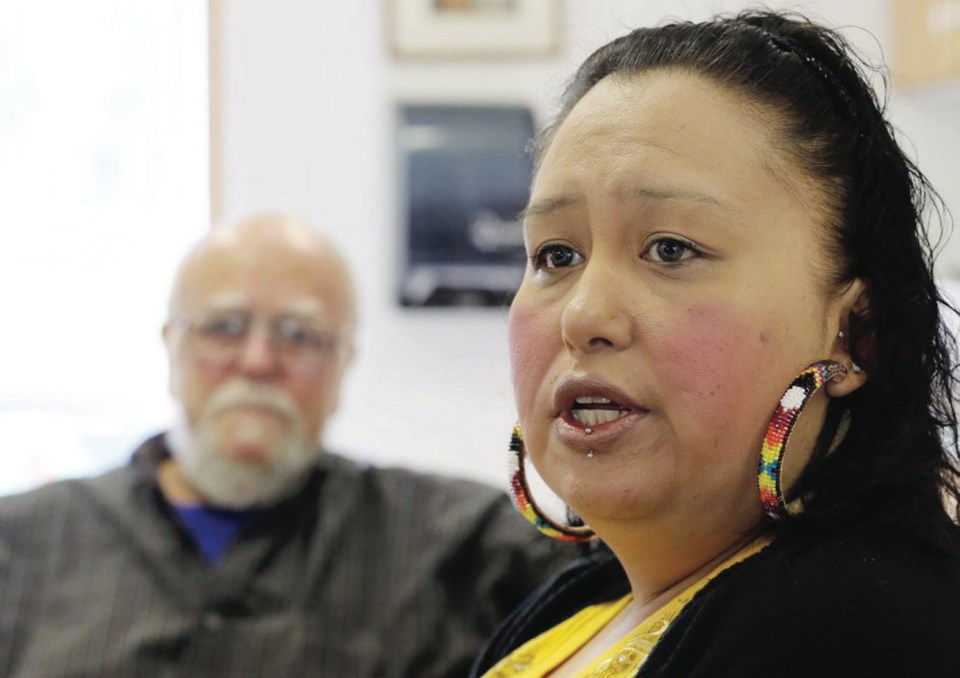Members of the Tseycum First Nation are facing a setback in their move to revive the traditional practice of harvesting clams in Patricia Bay after the closure of a local program that monitored marine health.
Chief Tanya Jones said the Saanich Inlet Protection Society’s Shorekeeping program, a community-based stewardship project that relied on local non-professionals to collect data on intertidal ecosystems, provided the first step toward cleaning up the beaches and restoring ecosystem health.
But with no commitment from the federal government to continue analysis of the 14 years’ worth of data that she and other volunteers have collected, the volunteers have agreed to close the program.
“I’m very hurt. It doesn’t feel good, especially when our elders want the harvest,” Jones said. “We hear many stories about coming down here and being able to have feasts on the beach. We can’t even do that.”
Harvesting shellfish was a cultural staple for the First Nations along Patricia Bay long before commercial clamming operations moved into the area.
Those operations are now closed.
According to Jones, the last Tseycum harvests occurred 30 years ago.
“We want to start harvesting our beaches again,” Jones said. “This is our future.”
The Shorekeepers program was launched by the Department of Fisheries and Oceans in 1999, but was taken over by volunteers with the Saanich Inlet Protection Society in 2004.
It remains largely dependent on volunteers; however, eight Tseycum community members received short-term employment in the program last year through support from the Victoria Airport Authority. Jones said before the DFO reduced support, the program also provided short-term employment to low-income community members. She became involved as a single mother in the first year of the program.
Others said it was a good opportunity to learn about the local environment.
“It was just something for me to do, to learn something new every day,” Johnny Sampson said.
He said it “sucks” that the program may end, but he understands that it can’t be run on a voluntary basis forever.
Char Bill, who has also been involved since the first year, said she liked learning about the changes happening in the environment. “You get to know the difference with the clams. Like the bentnose can filter through a lot of bad things and we started seeing more of them in TenTen,” she said.
Bill said she wishes the program could be around as an educational opportunity for her five children.
“I’d love for my kids to know more about this as well,” she said. “We wanted them to be able to acknowledge what they have.”
The Tseycum launched the Tseycum Restoration Beach Project last year, in a separate effort to continue restoring marine health. Jones said she hopes the entire community benefits and she continues to be motivated by stories from the elders.
“It keeps me engaged to keep moving forward and trying to get our beaches open again,” she said. “Not only for First Nations, but for all of us.”



